
Fall Roof Maintenance Checklist for Detroit Homeowners
When fall hits Detroit, your roof has one job: get ready for winter. This is the season where clogged gutters, damaged shingles, and poor ventilation can turn into ice dams, leaks, and costly repairs. That’s why you need a clear roof maintenance checklist and a solid roof maintenance plan in place. If you can’t handle these tasks on your own, it’s time to call a trusted roofing company like Roofing Above All for a full roof maintenance program.
🍂 Clean Gutters and Downspouts
Leaves, twigs, and other debris pile up fast. Clogged gutters cause water buildup, which leads to water intrusion and even structural damage. Use a broom or leaf blower to clear roof surfaces and gutters. Make sure water flows correctly through downspouts.
When Detroit’s maples and oaks start shedding, those colorful leaves don’t just pile up on your lawn — they pile up in your gutters too. Clogged gutters are one of the leading causes of roof damage and costly repairs in our area. When water can’t drain, it backs up under shingles, seeps into the fascia, and causes water intrusion along the walls and even into the foundation.
A smart roof maintenance plan always starts with clean gutters. Use a sturdy ladder, gloves, and a broom or leaf blower to remove leaves, twigs, and other debris. Then flush the gutters with a garden hose to check if the downspouts flow freely. If the water pools or trickles out slowly, you’ve got a drainage issue that needs attention.
For homes with two-story roofs or older gutters, it’s safer to let a professional roofing contractor handle the job. Roofing Above All can not only clean gutters but also inspect the roof edges, fascia, and roof valleys for hidden buildup that traps moisture and leads to structural damage.
Remember, regular cleaning isn’t just about avoiding overflow — it’s about keeping your entire roof system working correctly. Gutters are the critical part that moves water safely off your home. Ignore them, and you’ll invite leaks, standing water, and early roof failure.
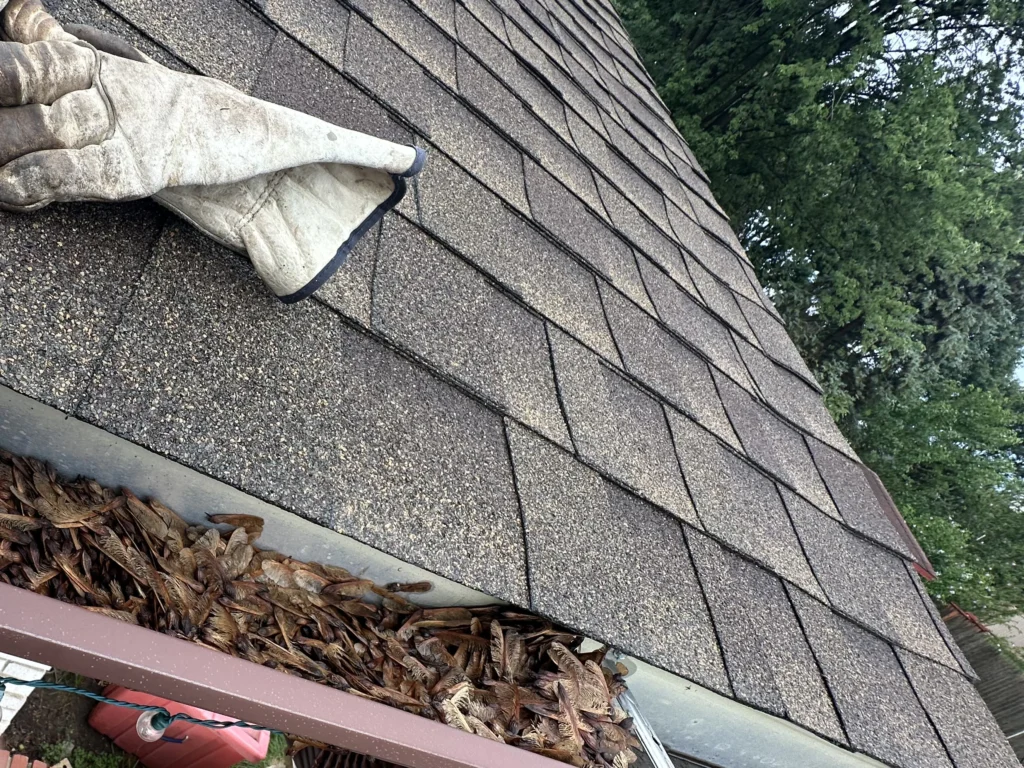
🛠 Inspect Roof Surfaces and Shingles
Once the gutters are clean, shift your attention to the roof surfaces themselves. This is where small problems hide — and where most Detroit homeowners get surprised in January when leaks appear. Look for missing shingles, curled edges, or cracks, especially in roof valleys where rain and melting snow concentrate. These vulnerable areas are the most common sources of roof damage we see after storms.
If you spot moss growing, dark streaks, or patches where granules are missing, that’s a sign the shingles are aging and may soon fail. Use binoculars to check safely from the ground — walking on the roof can cause more harm than good, especially on older asphalt shingles.
If anything looks off, it’s time for a professional inspection. Roofing Above All’s fall roof maintenance plan includes full surface inspections, debris removal, and minor repairs on the spot. We’ll check flashing, sealants, and other penetrations to make sure nothing is letting in moisture. Regular roof inspections like these help prevent costly repairs and extend your roof’s lifespan for years to come.
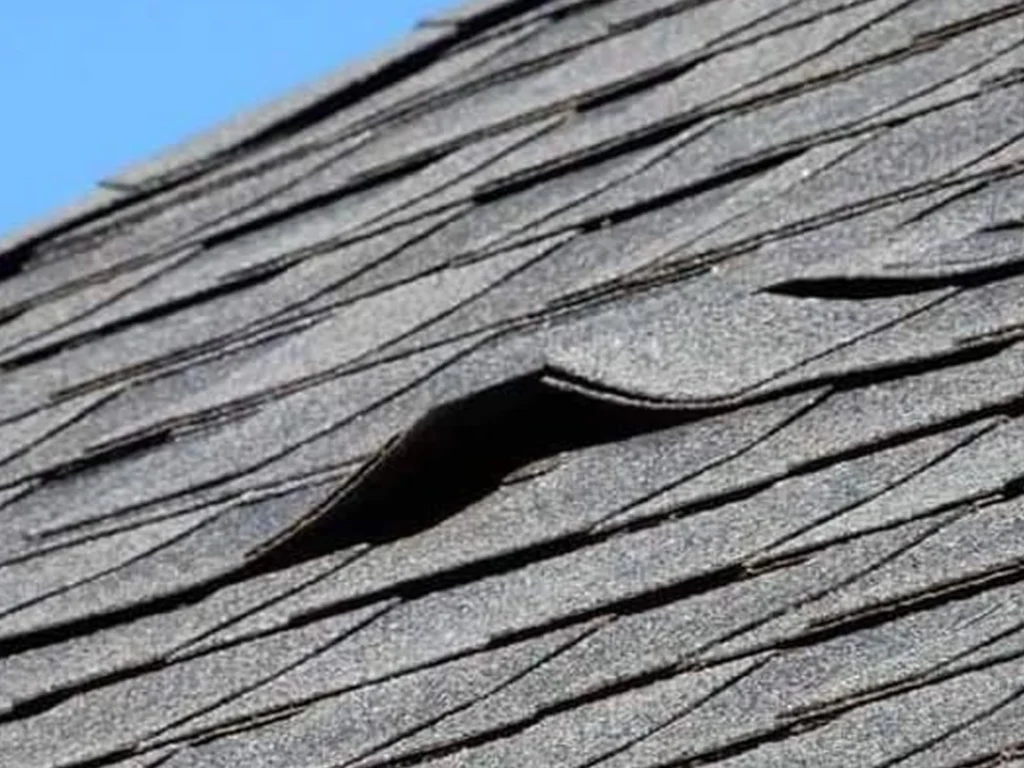
🔨 Check Flashing, Sealants, and Roof Deck
Your roof’s flashing and sealants are small details with big consequences. Flashing protects seams and corners — around chimneys, vents, and skylights — from water infiltration. When it rusts, pulls away, or loses its seal, even a small gap can allow water to run under the shingles and into the roof deck. Once that happens, you’re not just dealing with a leak; you’re facing structural damage.
Use binoculars or a camera zoom to look for loose metal, cracks, or discolored spots around flashing areas. Inside your attic, inspect the roof deck for water stains, soft wood, or damp insulation or other penetrations — all clear warning signs that moisture is getting through. These are exactly the kinds of minor issues that a roof maintenance program is designed to catch early, before they grow into expensive problemsand repairs.
If you’re unsure, don’t climb up with a tube of caulk — let a professional roofing contractor handle it. Roofing Above All’s seasonal roof maintenance program includes a detailed flashing inspection, resealing, and documentation for your records. That’s part of what makes it a roof maintenance plan that actually saves you money: we find the leaks before they find you.
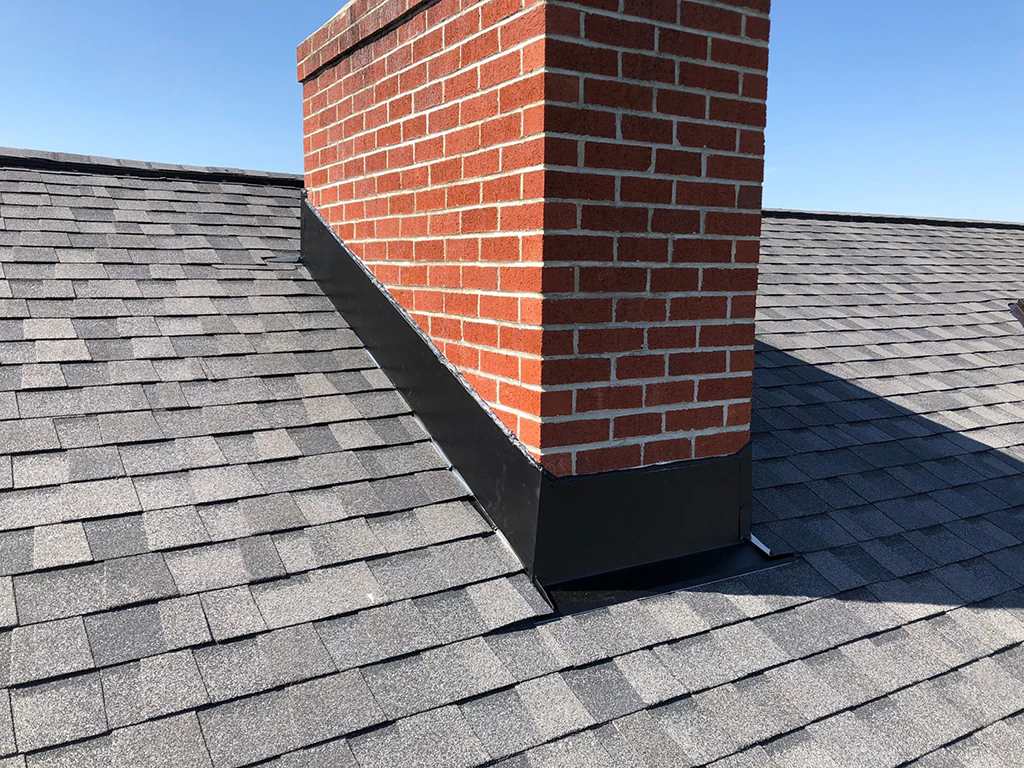
🌲 Trim Overhanging Branches
One of the simplest roof maintenance tips that Detroit homeowners overlook is trimming back tree branches. Those overhanging limbs might look harmless in October, but when the winds pick up or the snow piles on, they become a real threat to your roof system. A single heavy branch scraping across shingles can remove granules, crack corners, and open the door to leaks.
Falling leaves and twigs also clog gutters and trap moisture, which leads to roof damage, moss growing, and early shingle wear. Trim branches at least six to eight feet away from your roofline, and remove any dead wood that could snap during severe weather. This simple maintenance step can prevent costly repairs later and keep your roof looking sharp.
If the branches are high or near power lines, don’t take chances—call a professional roofing contractor or tree service to handle it safely. As part of our roof maintenance program, Roofing Above All checks nearby trees during every inspection to make sure nothing’s threatening your roof deck or gutters.
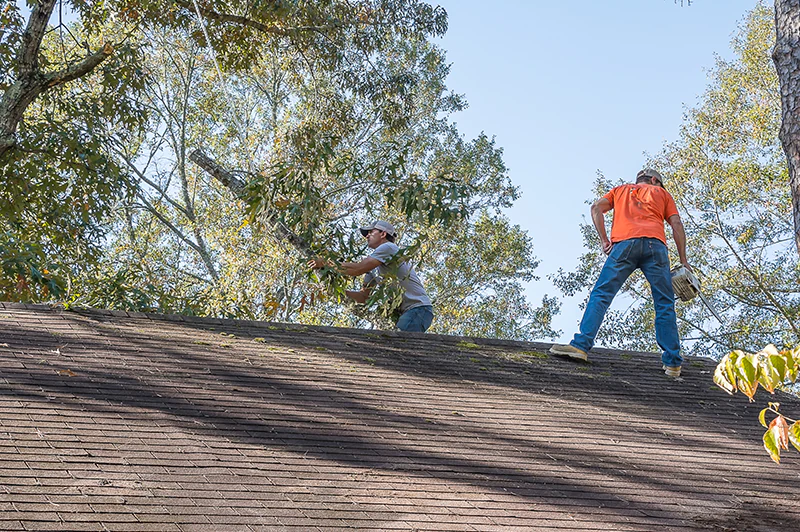
🌬 Ensure Proper Ventilation
When it comes to roof maintenance tips, ventilation is one of the most overlooked—and most important—parts of keeping a roof system healthy. Proper airflow through your attic and soffit vents keeps temperatures even and prevents warm indoor air from condensing on the underside of your roof deck. Without it, trapped heat melts snow on the roof surface, refreezing at the edges to form ice dams—a Detroit homeowner’s worst winter problem.
Poor ventilation also cooks shingles from below in summer and traps moisture year-round, causing insulation damage and mold growth. Over time, that kind of moisture buildup can shorten your roof’s lifespan and lead to costly repairs that a simple inspection could have prevented.
Each fall, check that all ridge vents and soffit vents are clear of insulation, debris, or nests. Peek inside the attic—if it feels humid or musty, or if you notice darkened wood or water stains, that’s a sign of poor airflow or water intrusion.
A professional roofing contractor can evaluate your home’s ventilation as part of a roof maintenance plan. Roofing Above All’s roof maintenance program includes attic inspections, vent cleaning, and airflow testing to ensure your roof is breathing properly and ready to prevent ice dams when temperatures drop.
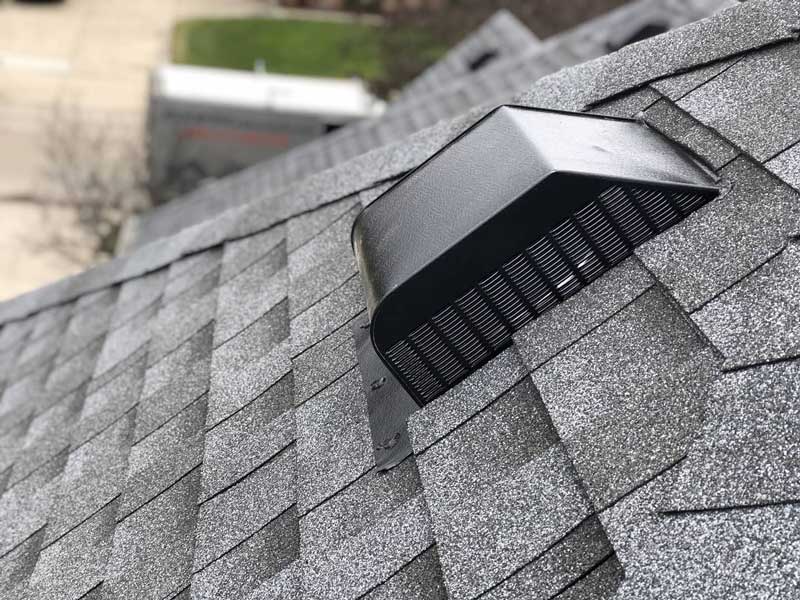
✅ Schedule a Professional Inspection
Even if you do the basics yourself, a professional roofing contractor sees things you can’t. Regular inspections are the backbone of a roof maintenance program. They catch minor repairs before they become costly repairs, document the roof type and roof condition, and keep your warranty valid.